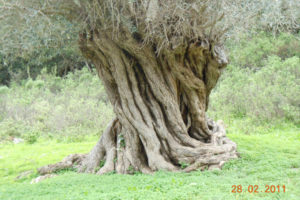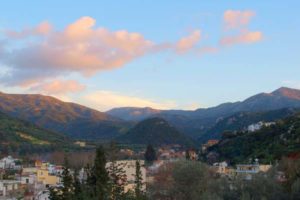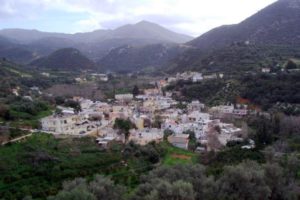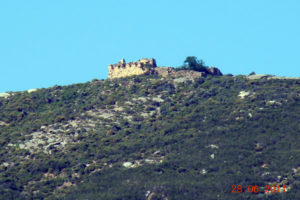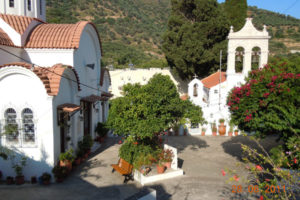History
The toponym ‘Fodele’ is first recorded in a 1248 document as the location of the imperial monastery of Sfaka’s farmlands. The name is assigned to the first settlers with the family name ‘Fodele’, a name which is documented in 13th and 14th century archives, including the catalogue of Cretan slaves who were later freed with the 1299 convention of Alexios Kallergis. In the mid-14th century Fodele was the feud of the Rethymnian noble family of Melissinos or Melissourgos.
In the 1577 census, under the rule of Giacomo Foscarini, the settlement is referred to as Fodhele of the Mylopotamos eparchy.
According to researchers, the archaeological findings, the philological resources and the exceptional natural environment make Fodele a quite interesting archaeological landscape. Architectural monuments are found in the regions of Gialiskari, Lenika, Anemokeratia and others.
Since 1993, Greek archaeologists have been excavating an impressive Minoan settlement in the region of Pera Galinon with valuable architectural remains, which is probably part of the network of Minoan ports – stations of the north coast of Crete from the paleo-palatial years (1900-1700 B.C).
The coastal valley of Fodele is related to the site of the port of ancient Axos, Pantomantrion, an ancient city that is placed by Plinius Ptolemaios after the site of ‘Dion Akron’ (perhaps at the cape of Stavros that closes the cove of Fodele to the west).
In 1963, ruins were found in the site Ellinika or Lenika, which, according to P. Faure, were Roman. However, the British archaeologist I. Sanders doubted this theory after a research he conducted around the Byzantine church of the site.

